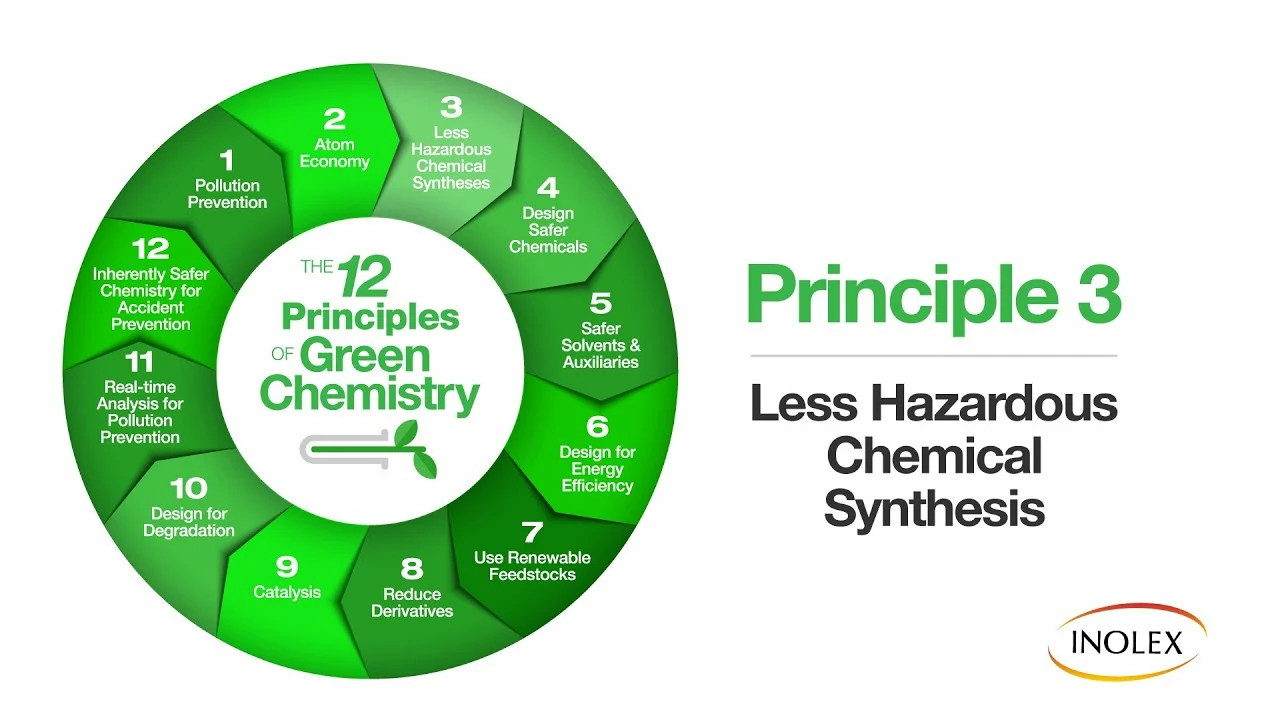Understanding Dimethyl Fumarate: What Is It and How Is It Used?
Before diving into the environmental impact of dimethyl fumarate, it's essential to understand what it is and how it's used. Dimethyl fumarate (DMF) is a chemical compound that has a wide range of applications, from the pharmaceutical industry to the production of consumer goods. In the medical field, this compound is commonly used as a treatment for multiple sclerosis and psoriasis, thanks to its anti-inflammatory properties. On the other hand, DMF is also employed as a biocide in the production of consumer goods, such as furniture and footwear, to prevent the growth of mold and bacteria.
In this article, we will explore the various ways in which dimethyl fumarate impacts the environment, both directly and indirectly. By understanding the full scope of its effects, we can make more informed decisions about its use and improve our efforts to protect our planet.
The Direct Environmental Impact of Dimethyl Fumarate Production
Like any other chemical compound, the production of dimethyl fumarate has its environmental consequences. The manufacturing process involves the use of various chemical reagents, some of which can be hazardous to the environment if not managed correctly. These chemicals can contaminate soil, water, and air, posing risks to ecosystems and human health.
Additionally, the energy required to produce DMF can contribute to greenhouse gas emissions if sourced from non-renewable resources. It's essential for companies involved in the production of dimethyl fumarate to implement sustainable practices, such as the use of renewable energy and proper waste management, to minimize these environmental impacts.
Indirect Environmental Consequences: Human Exposure and Health Risks
While the direct environmental impacts of dimethyl fumarate production are concerning, the indirect consequences of human exposure to this compound can be even more alarming. When used as a biocide in consumer goods, DMF can evaporate and contaminate the air we breathe, posing potential health risks. In fact, there have been numerous cases of people experiencing severe allergic reactions, skin irritation, and respiratory issues due to exposure to DMF in products like furniture and footwear.
These health risks not only affect individuals but also strain healthcare systems and can lead to long-term environmental consequences. For example, increased demand for medical treatments and pharmaceuticals can result in more energy consumption, waste production, and pollution.
Regulations and Bans on Dimethyl Fumarate Use
In response to the growing concerns surrounding DMF's environmental and health impacts, many governments around the world have implemented regulations and bans on its use. For instance, the European Union banned the use of dimethyl fumarate in consumer products in 2009, following numerous reports of severe health reactions.
These regulations aim to reduce the environmental impacts of DMF production and encourage the development of safer alternatives. While some progress has been made in finding more eco-friendly substitutes, there is still much work to be done to ensure a truly sustainable solution.
Alternatives to Dimethyl Fumarate: Sustainable Solutions
Given the environmental and health concerns associated with dimethyl fumarate, it's crucial to explore alternative solutions that are more sustainable and less harmful. In the pharmaceutical industry, researchers are constantly working on developing new medications with fewer side effects and lower environmental impacts. For example, nanoparticles and plant-based compounds are being investigated as potential alternatives to DMF for treating multiple sclerosis and psoriasis.
In the consumer goods industry, companies can opt for alternative biocides that are less harmful to the environment and human health. Additionally, adopting better manufacturing practices, such as improved ventilation and humidity control, can help reduce the need for biocides altogether. By investing in research and development, we can work towards a more sustainable future without compromising our well-being or the health of our planet.
Reducing Our Exposure to Dimethyl Fumarate: What Can We Do?
As consumers, we can play a role in reducing the environmental impact of dimethyl fumarate by making more informed choices and reducing our exposure to this compound. Here are some steps you can take:
1. Be aware of the products you purchase, and look for those that are free of harmful chemicals like DMF.
2. Support companies that prioritize sustainability and the use of eco-friendly materials.
3. Encourage businesses and governments to invest in research and development to find safer alternatives to DMF.
4. Stay informed about the latest developments in sustainable solutions and share this information with others.
By taking these steps, we can contribute to a healthier and more eco-friendly future for ourselves and our planet.


Jhoan Farrell
Reading about the hidden toll of dimethyl fumarate really hits home, especially when you think about families breathing in those fumes daily. It’s upsetting to see how a drug meant to heal can end up harming the environment and our health. I feel for everyone dealing with allergic reactions or respiratory issues-no one should have to choose between treatment and safety. 🌱💔 The push for greener alternatives is more than a trend; it’s a necessity for future generations. Let’s keep the conversation alive and support companies that prioritize sustainability. 🌍😊